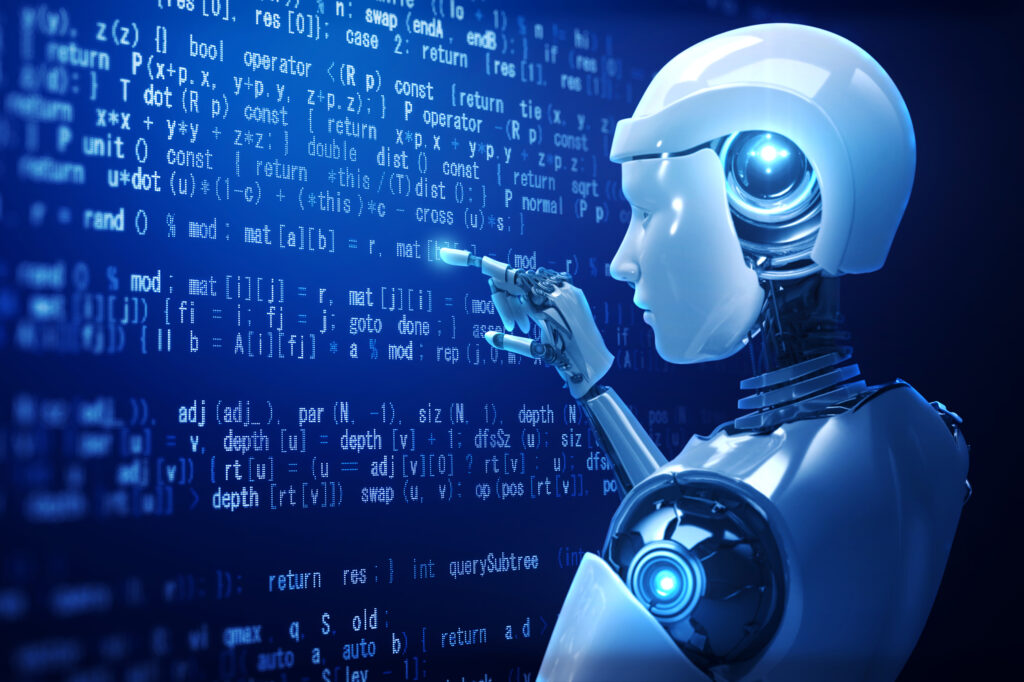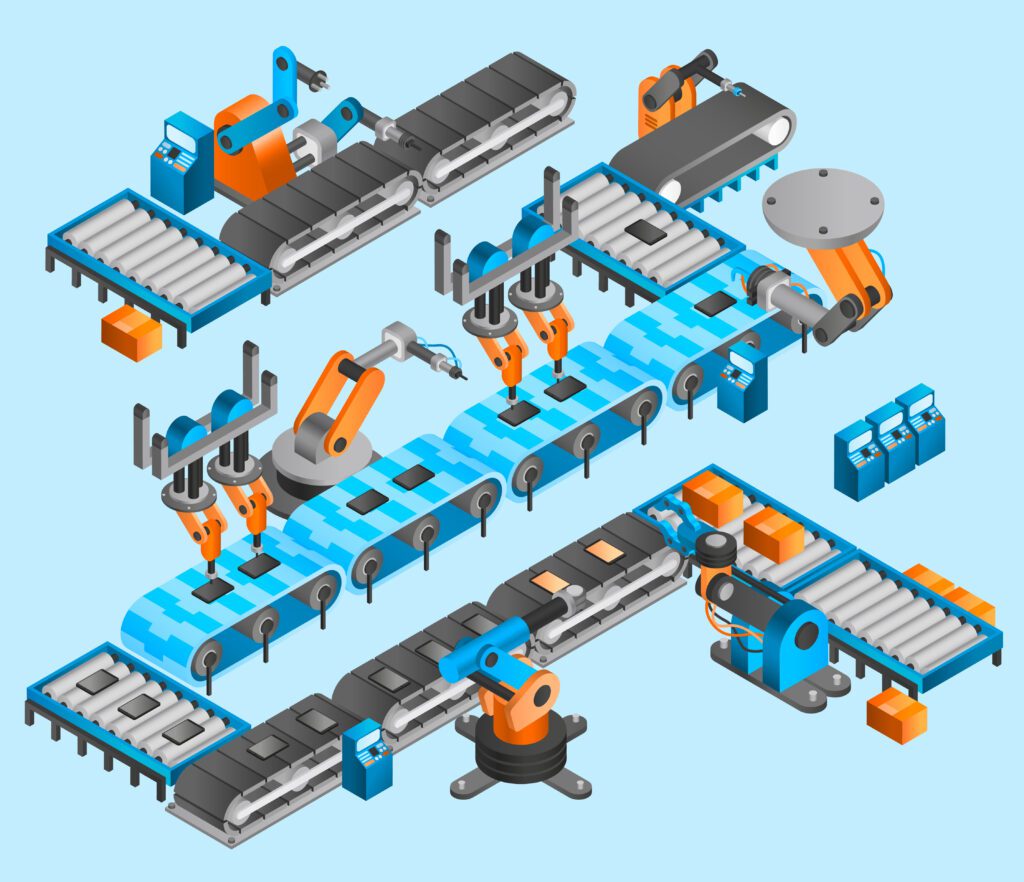Artificial Intelligence
AI Code Generation: Key Points and Cautions
Why use AI for code generation?
Time Consuming
Error Prone
Inefficient codes

How does AI code generation work?

Input-Output
- This leverages NLP techniques to understand the requirements and generate the code accordingly. The developer breaks down the problem statement into technical low-level requirements and feeds it to the generative AI. The AI reads the input and analyzes the context and the programming language. Based on the input, a code is generated with generalized variable names and appropriate comments.
Auto completion
- These kinds of models are generally integrated into IDEs. They leverage Machine Learning and Deep Learning to understand the intent, context, and coding style to predict and suggest variables, functions, or in some cases, even entire code blocks. The best example of this is the GitHub co-pilot.
What are the advantages of using AI?
Increased Productivity: A lot of repetitive tasks and simple functionalities can be generated by AI, which leaves more time for the developer to work on innovation, design, and come up with solutions for complex logic.Error reduction: The LLMs are trained on a massive volume of code and a vast number of codes. Although the error rate might not become zero, it significantly reduces the errors in generated code.Explore better options: When AI generates code, it can be configured to provide a few alternatives. This helps in choosing a useful and better code.Improved Maintainability: AI tools can suggest best practices and help in keeping similar coding styles. It can also generate comments along with the code, which helps in documentation
Key points to note with AI code

Review and Edit

Note Limits and Bias

Split tasks wisely
AI is best used for tasks like common functionalities, repetitive codes, boilerplate codes, etc. More complex logic must be handled by developers. Different approaches to coding, strategic coding, prototype development, POCs must be taken up by developers.

Documentation
Client Success Stories

Retail Client

Healthcare provider


